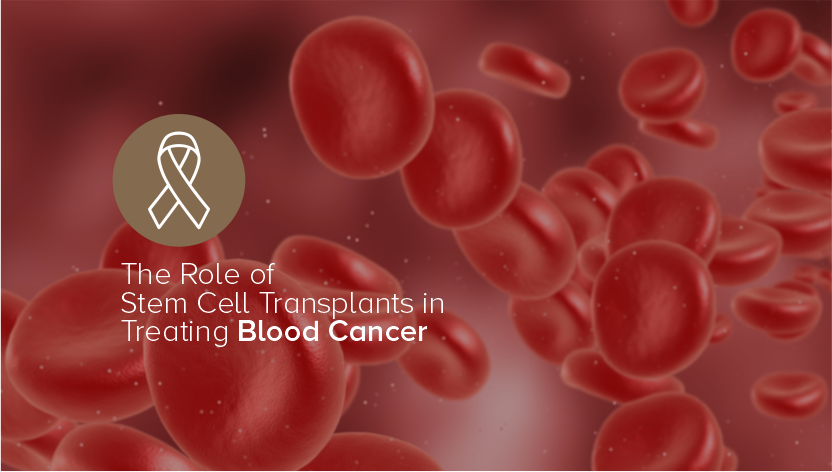In the world of medical breakthroughs, few areas are as promising as the use of stem cell transplants for treating blood cancer. This innovative approach is reshaping how we understand and combat these diseases, offering hope to millions affected by conditions like leukemia, lymphoma, and multiple myeloma.
